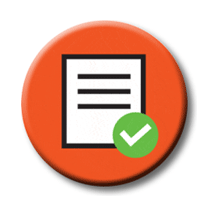A Day That Brings Clarity To Your Payroll Gray Areas!
The first time you're hit with a violation on payroll, you'll recognize just how crucial it is to understand all payroll regulations for your business. Don't let it happen to you. Learn all the ins, outs, and pitfalls of payroll with one of our payroll law seminars.
Armed with the strategies you'll gain at this seminar, you'll handle payroll accurately, legally, and with complete confidence!
 Confined Spaces
Confined Spaces
 Workers' Comp
Workers' Comp
 Payroll
Payroll
 Recordkeeping
Recordkeeping
 Compliance
Compliance
 HazWoper
HazWoper
 Safety Management
Safety Management
 Fleet Safety
Show All Topics
Fleet Safety
Show All Topics